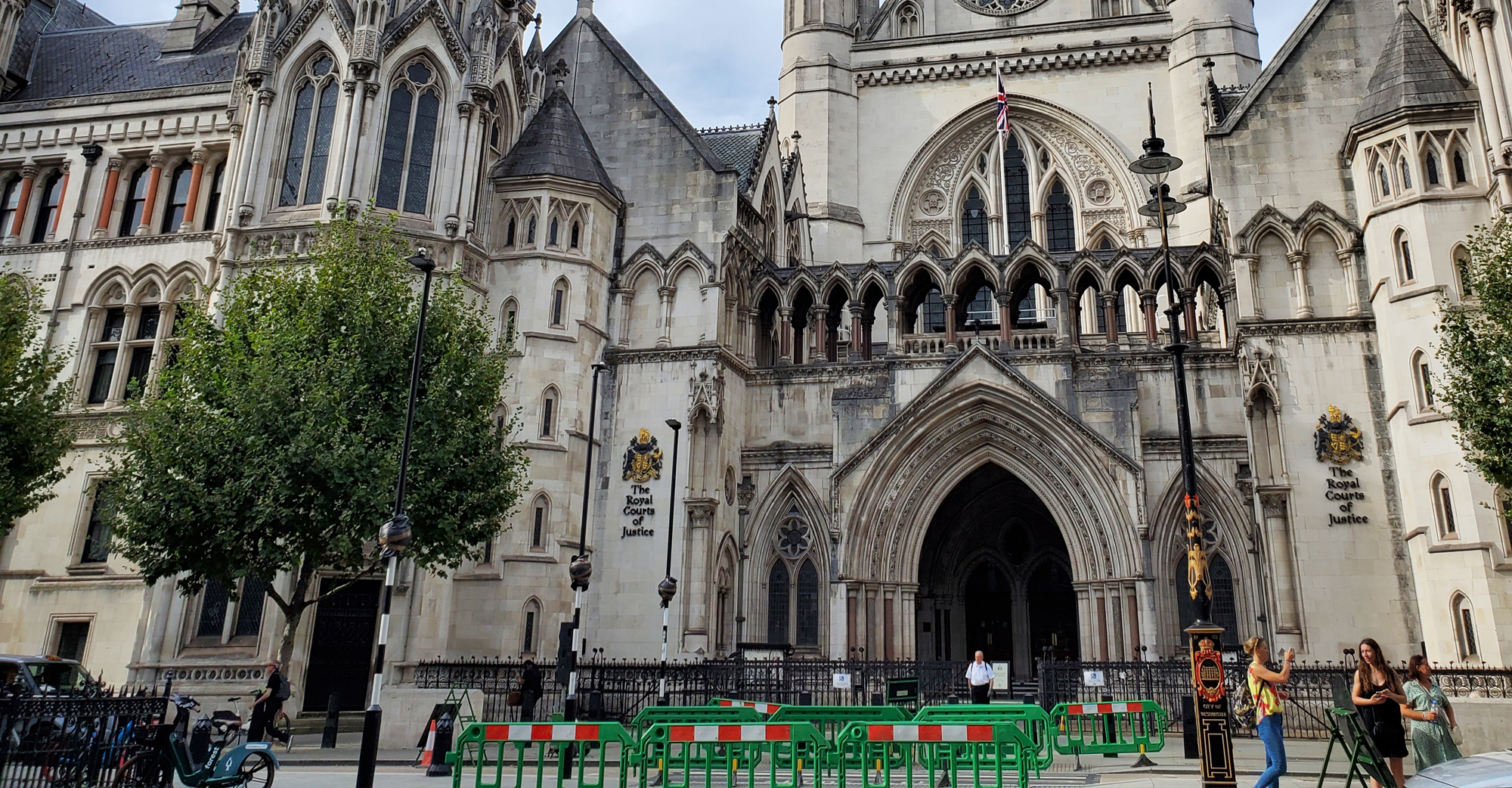Halloween Around the World

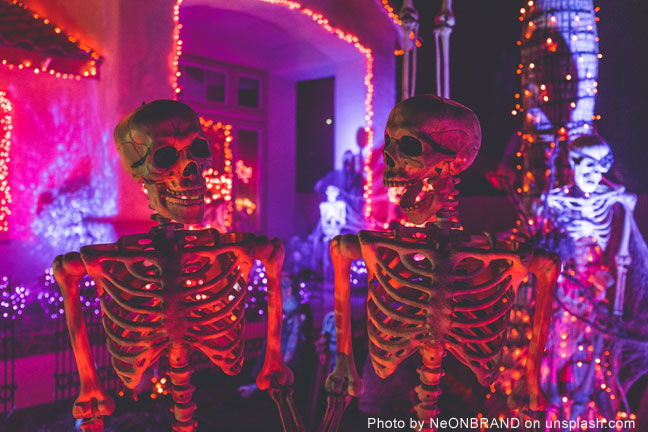
This month you can decorate your house with scary creatures, purchase Harry Potter costumes and stock up on tons of candy for the children of the world are anxiously waiting for Halloween and its many festivities. How can we deny our children the much-needed fun – the last two-years have not been pleasant for them either – so let us dedicate a little time and fun to the youngsters around the globe, allowing them to experience what is the magic of the Halloween. There will be no Tricks or Treats by playing; no one will see your answers except for you. - EB

You scored %%SCORE%% out of %%TOTAL%%. Your performance has been rated as %%RATING%%
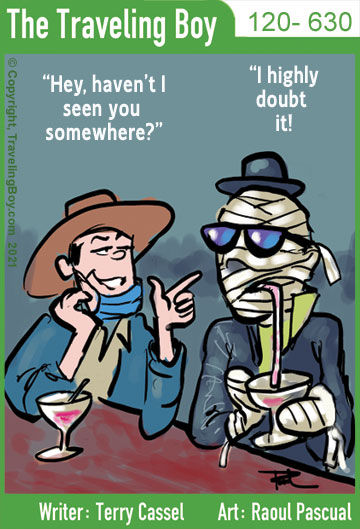 We hope you had fun!
We hope you had fun! Question 1 |
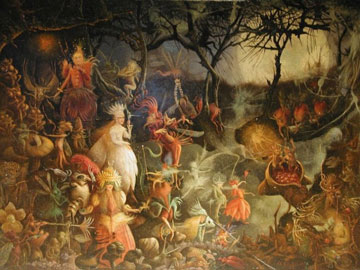
Halloween’s origins date back to Germany’s Black Forest over 1,000 years ago.
A | True |
B | False |
Answer: B. False
Halloween’s origins date back to the ancient Celtic festival of Samhain (pronounced sow-in). The Celts, who lived 2,000 years ago, mostly in the area that is now Ireland, the United Kingdom and northern France, celebrated their New Year on November 1. This day marked the end of summer and the harvest and the beginning of a cold, dark winter. Celts believed that on the night before the New Year, the boundary between the worlds of the living and the dead became blurred, where the ghosts of the dead, generally endeared relatives, returned to earth. “All Saints’ Day,” “Hallowe'en" and “Halloween” mean "Saints' Evening.”

Today's Halloween customs are still thought to have been influenced by folk customs and beliefs from the Celtic-speaking countries, some of which are believed to have pagan roots. Jack Santino, a folklorist, writes that "there was throughout Ireland an uneasy truce existing between customs and beliefs associated with Christianity and those associated with religions that were Irish before Christianity arrived." Historian Nicholas Rogers added, “that while some folklorists have detected its origins in the Roman feast of Pomona, the goddess of fruits and seeds, or in the festival of the dead called Parentalia, it is more typically linked to the Celtic festival of Samhain, which (again) comes from the Old Irish for 'Summer's End.'
Question 2 |
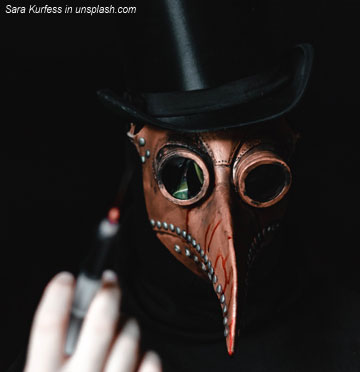
The earliest known occurrence of the Halloween custom of "guising" (Known in other nations as disguising, trick & treating), stems from this country.
A | France |
B | Germany |
C | Ireland |
D | Italy |
E | Scotland |
Answer E. Scotland
The earliest known occurrence of the Halloween custom of "guising" (disguising, trick or treat?) stems from Scotland. BTW: Scotland comes from Scoti, the Latin name for the Gaels.

Also, the practice of souling – going from door to door on or about All Souls Day to solicit gifts of food in return for prayers for the dead – evolved from a pagan ritual that was practiced all over Europe, possibly as early as the 10th century. As a Christian tradition it goes back to at least the 14th century, when it is mentioned by Chaucer. It is still commonplace in many Catholic countries, notably Ireland, where soul-cakes are left out for the departed. The first reference to the practice under that name in England is John Brand's Popular Antiquities of Great Britain, 1779: "On All Saints Day,” the poor people go from parish to parish a Souling, as they call it."
Question 3 |

Today, Halloween is slowly taking off in Australia on a grassroots level, but name the season when Aussies celebrate Halloween.
A | Fall |
B | Spring |
C | Summer |
D | Winter |
Answer: B. Spring
From Readers: “Australia will never properly pull off Halloween because it's springtime Down Under and there's nothing spooky about a warm evening with blossom trees.” – Tash@that cosmicfox
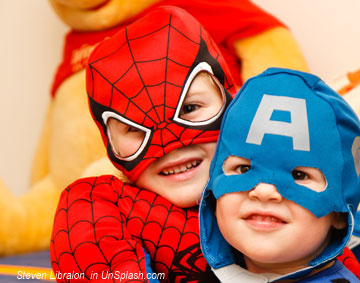
“I just want to be Margot Robbie as Sharon Tate for Halloween, but where will I find a turtleneck in spring in Australia.” - alexis@PRlS0NERSS
“I live in Sydney. There are loads of families with small children in my street and they seem to get a kick out of it, so my household participates by hanging a decoration or two, and having some goodies to hand out. It's not my thing either, I don't go all out and wear a costume or anything, but who doesn't want kids to have a fun time in their own neighborhood occasionally? They are usually younger kids so it's not like it goes on all night or anything, and they don't knock on undecorated houses from what I've seen.” - tabula_rasta·3y.
Question 4 |
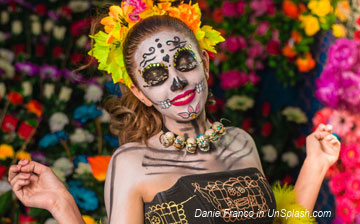
Name the continent where Halloween is the most popular.
A | Africa, i.e., Ethiopia, Kenya, Nigeria. |
B | Asia, i.e., China, Japan, South Korea. |
C | Europe, i.e., France, Germany, Ireland. |
D | North America, i.e., Canada, Mexico, United States. |
E | South America, i.e., Brazil, Ecuador, Peru. |
Answer: D. North America
Halloween is now a widely celebrated festival around the world, but North America, i.e., Canada, Mexico, United States takes the lead as the most popular continent for celebrating this great festival. According to National Retail Federation, an estimate 65% of North Americans decorate their offices, homes and buildings before starting the Halloween festival on Oct. 31.Question 5 |
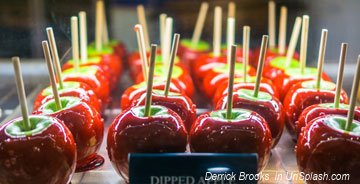
Candy apples were originally a US Independence Day holiday treat.
A | True |
B | False |
Answer: B. False
Better think about hot dogs on July 4th. Candy Apples — the kind encased in a high-gloss scarlet shell that cracks under your teeth (and hopefully doesn’t repay the favor) — were actually invented as a Christmas season treat.They’re credited to William Kolb, a Newark, N.J. candy maker, who dipped apples into melted red cinnamon candies to create fetchingly festive objects for a window display all the way back in 1908. He meant to entice people into his shop to buy the actual candies that were his stock-in-trade, but they came in wanting the brilliant glazed apples themselves.
So, he ramped up production and sold thousands of candy apples at five cents apiece. They became popular items all along the Jersey shore, and eventually, throughout the country.
The cheerful crimson shine of candied apples certainly fits in with the Christmas color palette, but now that we’ve come to associate them with Halloween, they just as easily evoke poison apples’ sinister splendor, beautiful enough to tempt Snow White or anyone else.
And since apples come into season in fall, it makes sense that they’d be popular around Halloween, especially once they’re covered in candy (specifically, a mix of boiled sugar, corn syrup, water, and red food coloring that hardens as it cools on the surface of the dipped apples; cinnamon flavoring is often added too, to evoke the original flavor). Today, they are known as toffee apples outside North America.
MORE HALLOWEEN FUN
Bobbing for Apples Apple bobbing has been an autumn tradition for hundreds of years. Despite its presence at Halloween parties and festivals today, however, its origins are more rooted in love and romance than tricks and treats. In fact, it began as a British courting ritual, popular among young ladies and their potential beaus. There were several variations of game: In one set of rules, each apple was assigned to a potential mate. The bobber would then attempt to bite into the apple named for the young man she desired. If it only took her one try, they were destined for romance. If she succeeded with her second attempt, he would court her but their love would fade. If it took three tries, their relationship was doomed. Another approach to the game was a race to be the first to bite an apple; the first to emerge successful would be the first to marry. A related superstition suggested that if a girl put the apple she had bitten underneath her pillow, she would see her future soul mate in her dreams that night.Eventually, the game declined in popularity, and by the 1800s, it was common only in Ireland and certain areas of England. At the end of the century, though, Americans exploring their immigrant roots decided to bring back this Celtic fall tradition as a game for both children and adults at Halloween parties. Today, some parents may keep their kids away from the tub of apples for fear of spreading germs, but bobbing for apples is a comparatively safe tradition when compared to another old apple-centric Halloween pastime: Snap Apple. In the game of Snap Apple, an apple was speared on one end of a stick while a lit candle was fixed at the other end. The stick was spun around, and the participants’ goal was to take a bite of the apple, avoiding a face full of hot candle wax—definitely not a game to play with kids!
Kids Costumes for Halloween & Dress-up
What will you be for Halloween this year? It’s the Big Question. And, of course, it’s up to every child to decide.It appears that popular children’s Halloween costumes for 2021 will cover everything from Sweet Candy Fairy, Fierce Snow Warrior and Eerie Skeleton Princess to Blue Brocade Pirate, Alien Abduction and Silver Ninja.
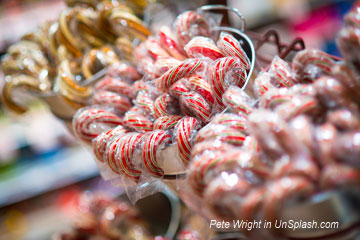
The United State’s Top 10 Favorite Halloween Candy
- Reese's Cups
- Skittles
- M&M's
- Starburst
- Hot Tamales
- Sour Patch Kids
- Hershey Kisses
- Snickers
- Tootsie Pops
- Candy Corn makes the list with 35 million pounds produced each year in the United States.
